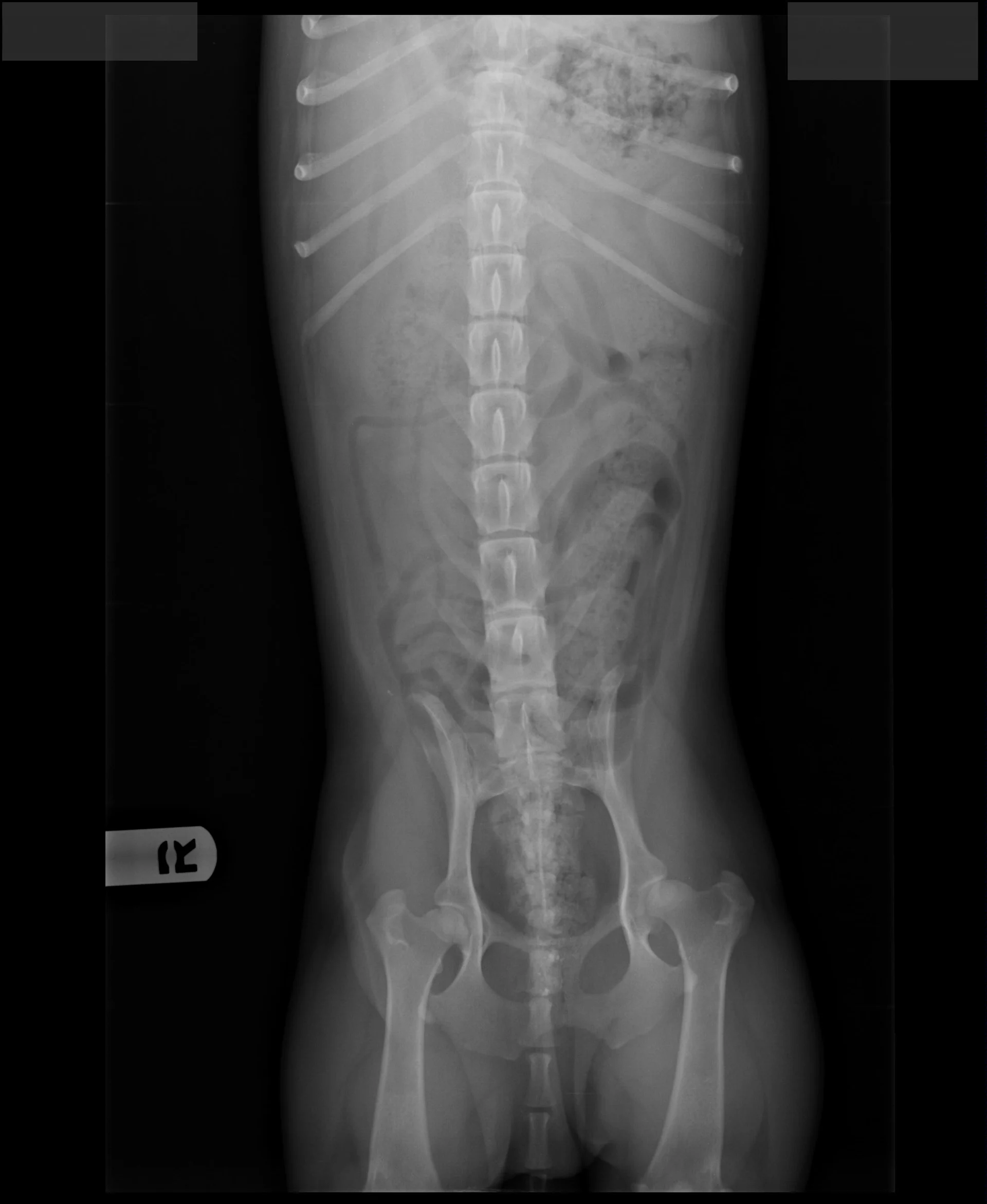Ernest’s Case: Monoclonal Antibody Therapy in the Management of Osteoarthritis

Sponsored by Zoetis
Osteoarthritis (OA) is a common condition in dogs. Although its reported prevalence varies among studies, OA is estimated to affect nearly 40% of dogs.1 Risk factors for OA include obesity, genetic factors, underlying joint disease, and age.2 Additional studies underscore the fact that OA is not exclusively a disease of older dogs, with 1 study demonstrating that nearly 40% of dogs <4 years of age have radiographic evidence of OA in ≥1 joint, even in the absence of clinical signs.3
Traditionally, treatment of OA in dogs has relied on NSAIDs. However, daily or twice-daily administration of NSAIDs can present a compliance challenge for clients. In a recent study, 47% of surveyed dog owners were noncompliant with medication instructions, and approximately one-third of dog owners reported challenges in giving prescribed medication.4
Librela (bedinvetmab injection) is an approved treatment option for the control of pain associated with canine OA and is administered by a veterinary professional once a month. By taking compliance out of the clients' hands, Librela offers consistent OA pain control without the need for daily medication administration.
Case Study: Ernest
Ernest, an 8-year-old neutered male beagle crossbreed, was diagnosed with hip dysplasia at 6 months of age after his owners noticed that he was reluctant to play with his housemates and would stop to sit a lot on family walks. At that time he was treated with a short course of carprofen, and his owners were advised to administer fish oil, continue with controlled exercise, and maintain Ernest at a healthy weight.
By 4 years of age, Ernest had significant mobility limitations, with pain in his hips and carpi. His owners also noted that he had slight aggression toward his family members when was asked to move off the furniture. At this time, long-term carprofen was prescribed. Fish oil, exercise management, and weight management were again discussed as key factors in long-term OA management.
At 6 years of age, Ernest was presented for signs of worsening OA pain, including decreased activity, withdrawn personality, and aggression when asked to move. The client acknowledged that they had been inconsistent with carprofen and fish oil administration. In addition, they had been letting Ernest play with other dogs instead of limiting his activity. Ernest’s owner wanted to discuss additional pain management options in the hopes of finding a treatment plan that would be better for Ernest and their family.
On physical examination, Ernest had bilateral carpal valgus, with pain on manipulation of the carpus and mild hypertrophy of the shoulder musculature. On gait evaluation, slight scuffing of the left front paw was noted. Ernest also had bilateral pain/resistance on extension of the coxofemoral joints and mild atrophy of the quadriceps/hamstrings bilaterally; he also appeared to be “bunny hopping” in the hindlimbs when jogging or climbing stairs. Ernest’s BCS was 4/9, and the remainder of the examination, including a neurologic examination, was within normal limits. Ernest was diagnosed with OA and pain secondary to hip dysplasia and angular limb deformity.
Ernest’s veterinarian began a treatment discussion with client education, emphasizing that OA is a chronic disease requiring lifelong management. They advised the client that consistent analgesia and lifestyle modifications would be essential for maintaining Ernest’s comfort and quality of life. A controlled exercise plan was developed, and the client was encouraged to maintain Ernest at a BCS of 4 to 4.5/9. The client was also advised to continue fatty acid supplementation. Carprofen was discontinued, and, instead, Ernest began Librela injections once monthly for analgesia.
At his 3-month recheck, Ernest was improving in mobility and well-being. His owner reported that he was more interactive with the family, and his aggressive behavior had decreased. Ernest had experienced no adverse effects related to Librela. At the 6-month, 1-year, and 18-month rechecks, Ernest continued to do well on monthly Librela injections, with no adverse effectsa and an improved quality of life (Figures 1-5).

FIGURE 1
Radiographs of Ernest at 8 years of age at a recheck examination
Librela
Librela is a monthly, injectable monoclonal antibody therapy that targets nerve growth factor (NGF). Nerve growth factor plays a significant role in OA pain,5,6 and counteracting its activity helps reduce chronic pain associated with OA.5
Librela has been shown to be safe and effective in the treatment of OA while helping to improve mobility and quality of life.7-9 In a field study, the most common reported side effects were UTIs, bacterial skin infections, and dermatitis.10 The convenience of a once-monthly injection also helps support better client compliance and long-term OA pain management.
Conclusion
OA is a common condition in dogs and requires lifelong management. However, treatment can present challenges, including owner compliance and concerns about medication side effects. Veterinarians can benefit from having a variety of treatment options in their toolkit, as this allows them to offer the best treatment for each individual patient. For Ernest, Librela has been a safe and effective treatment option for his OA for 19 months and counting.
aIndividual patient results may vary.
LIBRELA IMPORTANT SAFETY INFORMATION
Librela is for use in dogs only. Women who are pregnant, trying to conceive or breastfeeding should take extreme care to avoid self-injection. Hypersensitivity reactions, including anaphylaxis, could potentially occur with self-injection. Librela should not be used in breeding, pregnant, or lactating dogs. Librela should not be administered to dogs with known hypersensitivity to bedinvetmab. Adverse events reported post-approval include ataxia (lack of balance/coordination), anorexia (loss of appetite), lethargy (tiredness), emesis (vomiting), and polydipsia (increased drinking). The most common adverse events reported in a clinical study were urinary tract infections, bacterial skin infections and dermatitis (skin irritation/inflammation). For complete safety information, refer to the full prescribing information at LibrelaPI.com.
All trademarks are the property of Zoetis Services LLC or a related company or a licensor unless otherwise noted. All rights reserved. ZPC-04499
